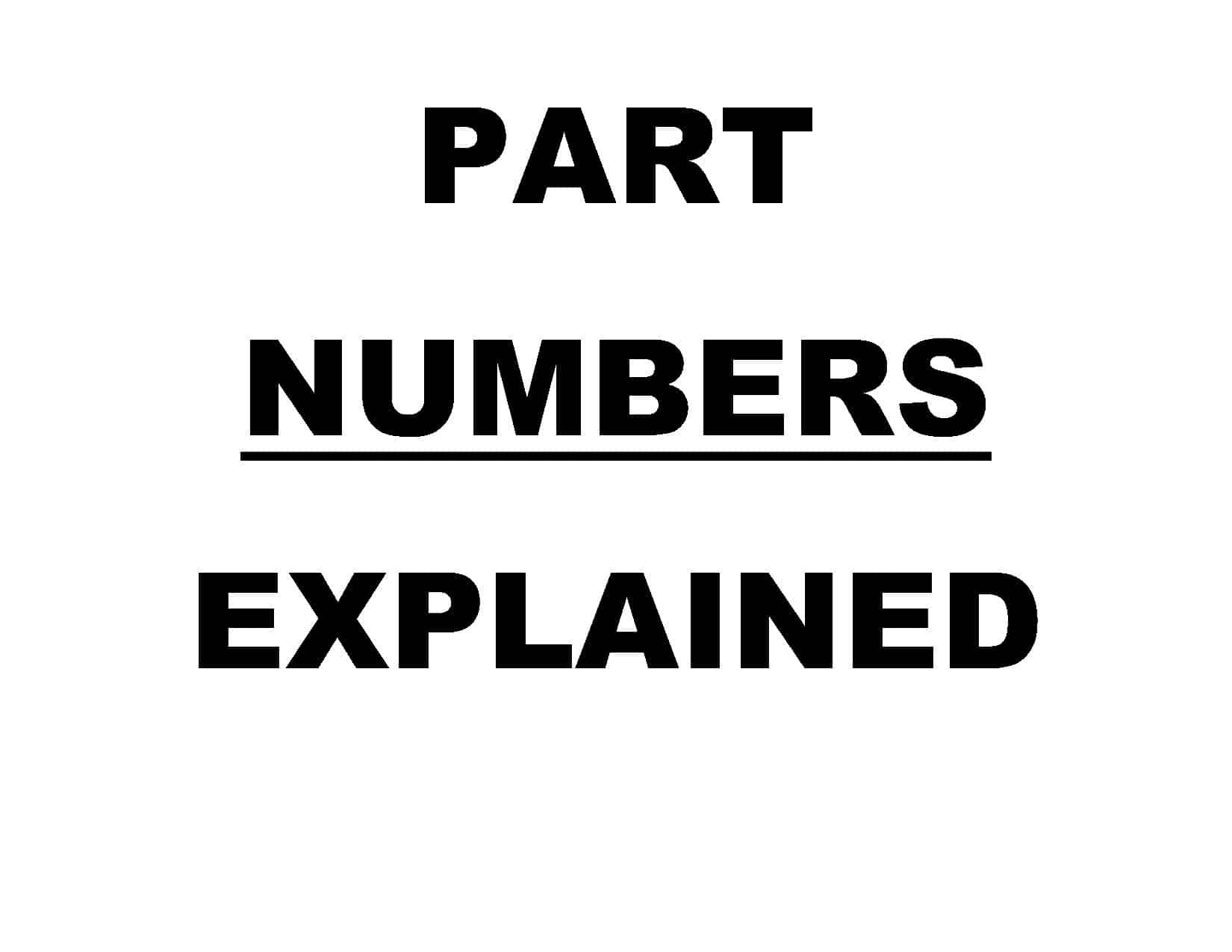Delving into the labyrinthine world of automotive repairs can be a daunting task, especially when it comes to tracking down the elusive auto part numbers. However, armed with the right knowledge, you can navigate this maze with confidence and precision. In this exhaustive guide, we will embark on an enlightening journey, equipping you with the necessary tools and techniques to decode the enigmatic auto part number system.

Image: www.onntat.com
Understanding the Anatomy of an Auto Part Number
Auto part numbers serve as unique identifiers for specific components within a vehicle. They are typically composed of a series of digits and letters, each serving a specific purpose.
OEM (Original Equipment Manufacturer) numbers are assigned by the manufacturer of the vehicle and are specific to that particular make and model. They are often the most reliable and accurate when ordering replacement parts.
Aftermarket part numbers are assigned by manufacturers of non-original parts. They may be compatible with multiple makes and models of vehicles, but it’s crucial to verify compatibility before purchasing.
Decoding OEM Auto Part Numbers
OEM part numbers often follow a systematic structure. For instance, a Toyota part number may begin with a letter denoting the vehicle’s generation (e.g., N for Ninth Generation) followed by a series of digits and letters. Each element within the number conveys specific information about the part’s application and characteristics.
Decoding aftermarket part numbers can be more challenging as they vary between manufacturers. Some common elements include a prefix (e.g., “DOR” for Dorman Products), a series of numbers indicating the product line, and a suffix (e.g., “BK” for black).
Finding Auto Part Numbers
There are several avenues through which you can locate auto part numbers:
- Owner’s Manual: The owner’s manual of your vehicle often contains a parts list that includes part numbers.
- Online Parts Catalogs: Websites like NAPA Auto Parts and RockAuto provide comprehensive online catalogs where you can search for parts using your vehicle’s make, model, and year.
- Auto Parts Stores: Knowledgeable staff at local auto parts stores can assist you in identifying the correct part numbers based on your vehicle’s specifications.
- VIN Decoder: Your vehicle’s VIN (Vehicle Identification Number) can be used to generate an official list of factory-installed parts and their numbers.

Image: brandxmetals.com
Expert Insights:
“When dealing with aftermarket parts, it’s always advisable to compare part numbers with the OEM number to ensure compatibility,” advises John Smith, a seasoned automotive mechanic with over 25 years of experience.
“Don’t hesitate to seek assistance if you encounter difficulties in locating or understanding part numbers. Accuracy is paramount in automotive repairs,” emphasizes Amy Jones, an automotive parts specialist with a decade of expertise.
How To Find Auto Part Numbers
Conclusion
Navigating the realm of auto part numbers can be empowering, enabling you to make informed decisions when it comes to maintaining and repairing your vehicle. By embracing the techniques outlined in this guide, you can confidently locate the precise parts you need, ensuring the longevity and optimal performance of your automobile.